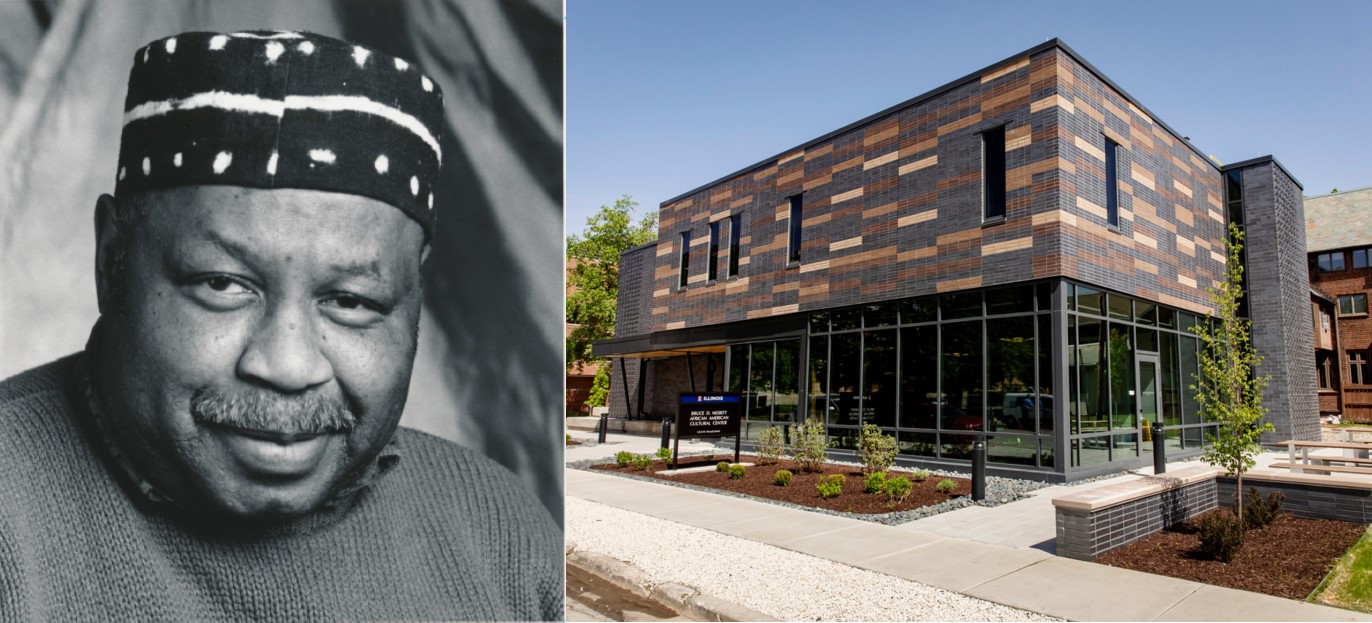The Bruce D. Nesbitt African American Cultural Center
1212 W. Nevada St, Urbana, IL
In the fall of 1969, the University of Illinois’ Afro-American Cultural Program opened on campus to provide a safe space for Black students to gather and grow, to help Black students feel proud and welcome, and to educate the campus community about the accomplishments and contributions of African Americans. The Program was created in response to the Project 500 protest in September 1968, in which Black students demonstrated against inequitable treatment by the University. In 2004, the University rededicated the space as the Bruce D. Nesbitt African American Cultural Center, named after a former director of the center.
Nesbitt was born in Champaign, Illinois, on November 14, 1932. He grew up in the area and, after serving in the United States Army from 1953 to 1956, returned home and became very active in his community. He eventually earned a job with the University of Illinois’s Housing Division, where he dedicated much time and effort to supporting Black students. He then became the fourth director of the Afro-American Cultural Program in 1974 and served in that position for 22 years. Nesbitt is credited with creating and expanding many of the Program’s services, events, and activities. In recognition of his service to the community and many accomplishments, Nesbitt received many accolades throughout his life. He died on June 20, 2000, in Urbana, Illinois.
To this day, the Bruce D. Nesbitt African American Cultural Center continues to pursue its mission and continue the legacy of its namesake. For more information, you can visit the Cultural Center at 1212 W. Nevada Street in Urbana, and you can visit the Center’s website at https://oiir.illinois.edu/bnaacc/about-bnaacc.
Courtesy of the Champaign County Archives at The Urbana Free Library, you can also listen to an interview with Bruce Nesbitt, conducted on August 4, 1983, using the file below, or you can read a transcript of the interview here.
SOURCES:
University of Illinois Bruce D. Nesbitt African American Cultural Center. https://oiir.illinois.edu/bnaacc/about-bnaacc
Champaign County Archives at The Urbana Free Library. https://urbanafreelibrary.org/local-history/collections/oral-histories
Decade:
1960-1969
People:
- Bruce D. Nesbitt
Location(s):
- University of Illinois, Illinois
Additional University of Illinois Trail Sites

